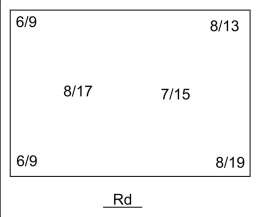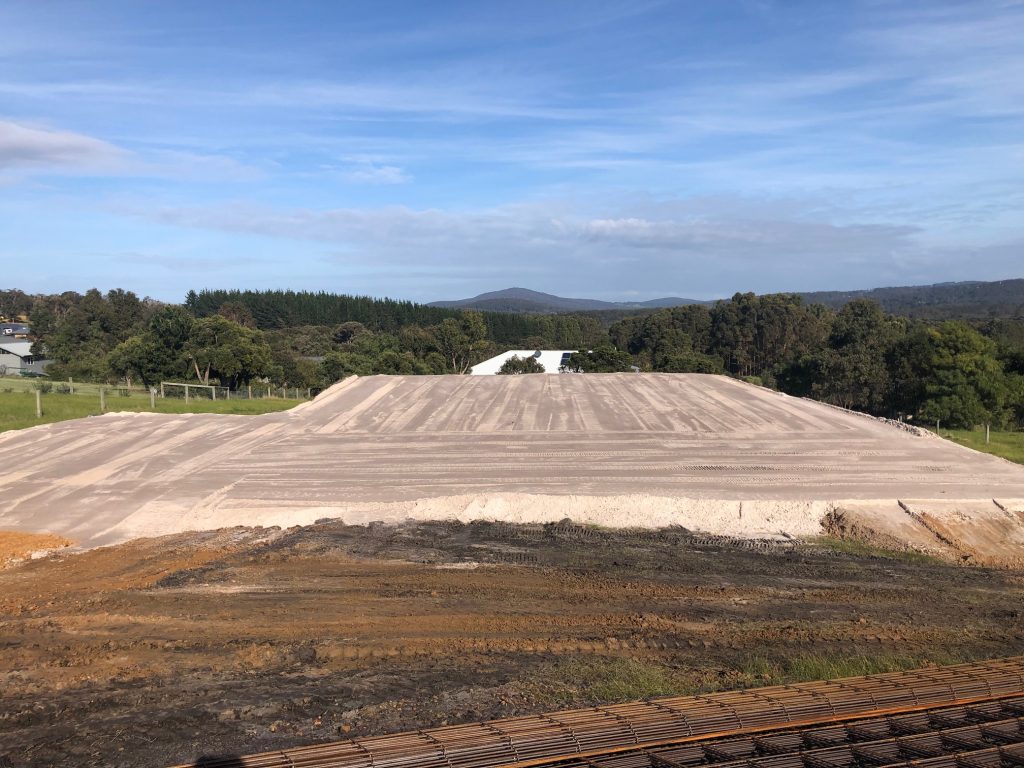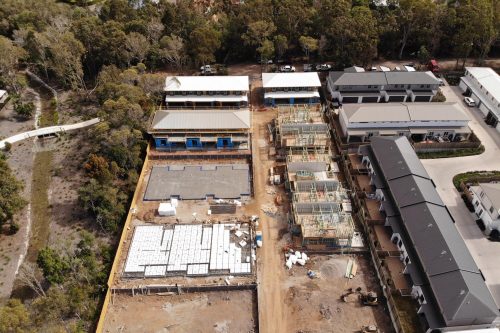Ground conditions affect the integrity of your construction. Our team can conduct testing on the compacted building envelope in accordance with the relevant Australian standards to confirm that compaction levels are sufficient for your build. This includes all standard residential and commercial pads, as well as deep tests on backfilled pools and/or bores.
What is compaction testing?
Compaction testing is a test to confirm that the ground has been adequately compacted. That is, it is of the required density to support the proposed building/construction. It is conducted using a Perth Sand Penetrometer (PSP) in accordance with AS 1289 6.3.3. This test is performed using a weight on a metal rod that is lifted and dropped to drive a flat-ended rod into the ground to test the resistance. A number of tests are performed over the pad area to confirm it meets the minimum requirements before any construction can begin. PSP tests are only used when the ground material is sand or sand fill. For clay, a Dynamic Cone Penetrometer (DCP) is used to perform the test. If the ground is gravel-based, it will require Nuclear Density Testing in our lab.

Perth Sand Penetrometer (PSP)

Dynamic Cone Penetrometer (DCP)
When is compaction testing needed?
You might be wondering, do I need a compaction test? Almost all councils across Australia require compaction testing to occur prior to a new build, a compaction certificate is required when you are planning to build a structure and you are in the process of preparing the ground. If the ground is poorly compacted, it can cause settlement and shifting under your poured slab and footings which may affect your structural integrity once built. Compacting the ground is very important to increase the density of the sand pad to withstand the loads that will be placed on top of it. The sand pad/ground may be for a standard house, commercial structure, unit development, an extension of an existing structure, a filled-in swimming pool that you want to build over, or even a perimeter test of an existing structure. Once an earth worker has attended and compacted the site, a soil technician will attend your site and test the compaction levels to identify if they meet the minimum building requirements. Once this test passes, you can move on to the next part of construction: pouring your slab. You may be unsure what your certificate means once you receive it.
Understanding a compaction test certificate
What are the numbers on my certificate and what do they indicate?
These are the compaction level readings. The standard test has 2 numbers that indicate the number of blows per each 300mm test interval. The first number represents the 150-450mm test (the PSP sits 150mm deep in the ground), the second number represents the 450-750mm test interval. For building types other than residential, results need to conform to the design engineer’s specs.

What depth do you test to?
The standard test depth is 750mm or the full depth of the fill. A filled-in swimming pool or backfilled bore is tested to the deepest point. It all depends on the nature of your project, the surrounding conditions and or the preferences of the earth worker or the builder.
What is the diagram drawing on my certificate?
This is the outline/shape of your sand pad in which we have tested. Tests are of a random nature unless asked specifically to test a certain area and where we have placed the readings is where we have tested on your sand pad.
I have bought a house/building an extension / have an insurance claim to lodge and the council want the compaction test readings to ensure compaction conforms. I have contacted the past owners and they don’t have it and the company they used has said they don’t have a copy, as it is more than 6 years old. What can I do?
A perimeter test on the existing building can be done to read the levels of compaction as of now. This test will be significant enough to satisfy the council requirements and a note will be added to your certificate explaining that it is a perimeter test.










